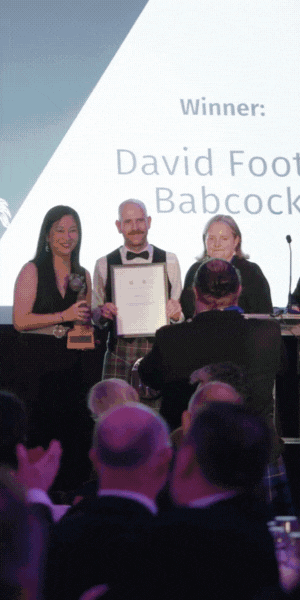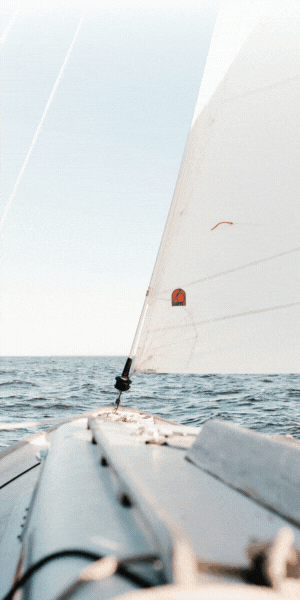The Naval Architect: October 2019
In August, The Naval Architect was invited to attend a series of events marking the naming and delivery of two methanol-fuelled product/chemical tankers, Mari Couva and Mari Kokaku, at Hyundai Mipo Dockyard in Ulsan.
Built for Swedish shipowner Marinvest, the vessels are chartered to Waterfront Shipping, a wholly owned subsidiary of Methanex, the world’s largest supplier of methanol. Waterfront currently operates 30 vessels and, with the addition of two further Hyundai Mipo-built tankers (owned by NYK and IINO/Mitsui respectively) later this year, 40% of these will be capable of running on methanol.
Seaborne trading in methanol has been taking place for more than 50 years, but its attraction as an actual marine fuel has only recently emerged with the search for greener alternatives. That it possesses just half the calorific value of traditional fuels is mitigated by the fact there is already a comparative abundance – around 122 million tonnes are produced annually – and mature bunkering infrastructure.
A recent study by the trade association, The Methanol Institute, revealed that it is already available at 88 of the world’s top 100 ports, with more expected to come online shortly.
Moreover, while it is still predominantly derived from hydrocarbons – be it coal or natural gas – there is growing interest in Power-to-X, or using renewable electricity to drive electrolysis to synthesise methanol with captured CO2, as well as other renewable sources such as biomass.
“Methanol as a fuel concept began for us and Marinvest around 2012, with some discussions about the viability of retrofits,” explains Waterfront’s president Paul Hexter. “The decision was taken to investigate newbuilds and then in 2016 we took delivery of seven.”
Those seven MR tankers were the first generation to be powered by MAN Energy Solutions’ two-stroke ME-LGI engine, designed to switch flexibly between methanol and HFO, MDO or MGO. They are typically engaged on long-haul journeys from Methanex’s production facilities.
“To date we’ve run the engines on methanol for about 57,000 hours… Like any first-of-its kind technology there’s been some teething problems, but the MAN engines have proven to be technology that works,” says Hexter.
The success of that first generation of vessels has helped advance wider acceptance of methanol as a marine fuel. As a low-sulphur alternative to MGO or LSFO that’s competitively priced and widely available, it could also be in line for a boost from IMO’s pending 0.5% sulphur cap.
MAN power
While the MAN Electronic (ME) engine was first launched in 2002 it has only become cost effective in recent years. The ME-LGI solution developed for the Marvinvest/ Waterfront vessels is effectively a standard diesel engine with an additional methanol injection system. Because the energy density of methanol is roughly half that of diesel it requires twice as much to be injected into the engine.
But with the second generation of vessels it has been possible to simplify this system. “When you start developing an engine you have a wide safety margin as there are things that need to be tested over a long time period. But later you see the possibilities for optimisation,” explains Kjeld Aabo, ME’s sales director for new technologies.
“For the second generation we have done things like declination of the methanol inlet-outlet pipes… Generally, we have done a lot to make it simpler and easier to maintain.”
However, perhaps the most notable addition to the latest iteration of the engines is the capability to add water into the fuel via a centrifugal pump. The purpose of this system, which can allow for up to 40% water in the mix, is to ensure the vessel fulfils NOx Tier III emission requirements with the use of exhaust gas recirculation or selective catalytic reduction (SCR) by reducing the combustion temperature.
The water injection system was only developed subsequent to the signing of the shipbuilding contracts for Mari Couva and Mari Kokaku. This means it was not installed when they entered service as there was no time to conduct sea trials and they are currently operating with SCRs. Marinvest hopes, however, that given the comparative ease with which electronic controlled engines can be retrofitted, it will be a straightforward process to do so at a later date.




